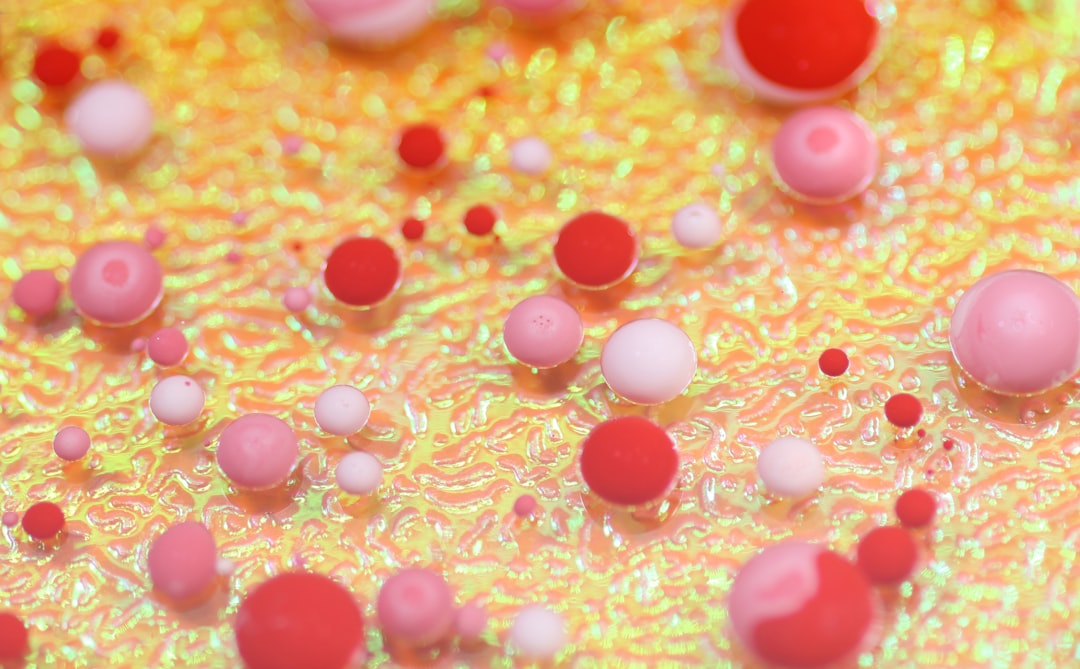What is it about?
The propagation of frost in a group of undercooled dew droplets takes place by the formation of ice protrusions that connect ice particles and still-liquid droplets. In this work, we have performed simulations (using a Kinetic Monte Carlo (KMC) model) to study the kinetics of elongation of the ice protrusions. The ice protrusions elongate with a kinetics that does not depend on the droplet size but increases when the interdroplet distance decreases, the temperature increases, or the substrate wettability increases. 2D diffusion of the water molecules on the substrate surface is sufficient to explain the process kinetics. High vapor concentration can lead to the development of 3D lateral branches on the ice protrusions. A 1D analytical model based on the water-molecule concentration gradient between a droplet and a nearby ice particle reproduces well the simulation results. This analytical model highlights the relation between the protrusion elongation kinetics and parameters like the interdroplet distance, the water diffusivity, and the concentration gradient. The bridge-formation time has a quadratic dependence on the droplet-ice distance.
Featured Image

Photo by sergey mikheev on Unsplash
Why is it important?
This work is important because it explains the kinetics of a very common phenomenon: the propagation of frost on surfaces covered by supercooled droplets. We have highlighted the importance of interdroplet distance and water diffusivity in the propagation of frost.
Perspectives
Working on the propagation of frost was in some way far from my usual subjects of surface science and mass transport on semiconductors. I was very happy when, talking with my collegues and particularly P. Müller, I found out that my "tools" (my Kinetic Monte Carlo models and informatic codes) were perfectly suited for the study of frost. I was also surprised finding out that a simple 1D analytical model gets most of the physics behind a complex 3D phenomenon.
Stefano Curiotto
Centre National de la Recherche Scientifique
Read the Original
This page is a summary of: Atomistic Description of Interdroplet Ice-Bridge Formation during Condensation Frosting, Langmuir, December 2022, American Chemical Society (ACS),
DOI: 10.1021/acs.langmuir.2c02860.
You can read the full text:
Resources
Contributors
The following have contributed to this page










